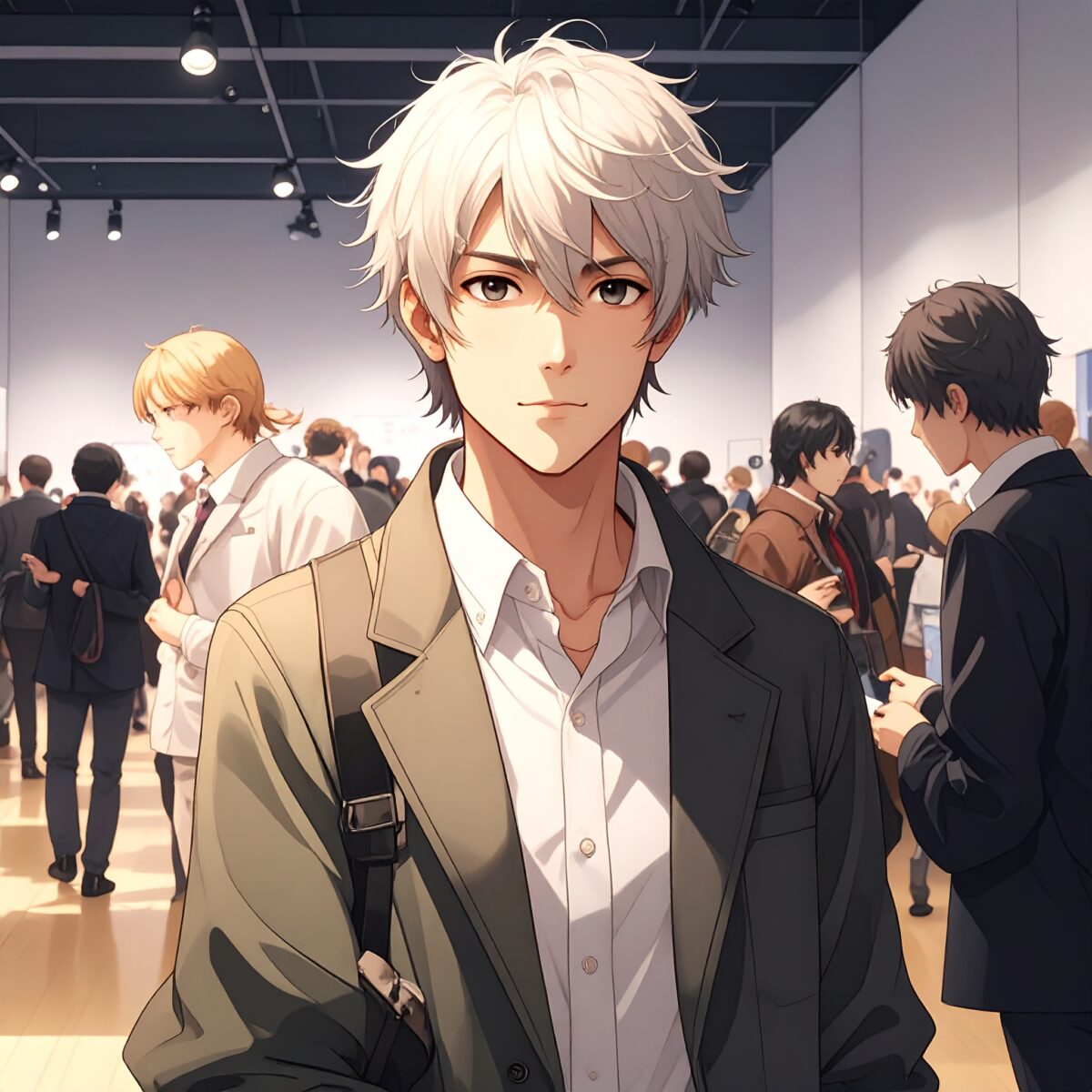In the spring of 2025, the Victoria and Albert Museum in London hosted a special exhibition titled “Living Edo: Everyday Beauty and Wisdom.” Far from the typical focus on samurai or ukiyo-e, the exhibition turned its gaze to the lives of ordinary people in Edo Japan—drawing far more attention than expected. For European visitors, the charm lay in its quiet elegance: “so understated, yet so beautiful,” “so simple, yet so rich.” This fresh perspective revealed a new appreciation for Edo’s nichijō-bi—the everyday aesthetics that celebrate subtlety, mindfulness, and the quiet art of living well.
The Theme: A Quiet Aesthetic
The stars of the exhibition are not lavish ornaments or samurai armor, but humble objects from daily life—paper lanterns, hibachi braziers, bamboo baskets, handheld fans, and wooden buckets. These were tools used naturally, without fanfare, in the rhythms of everyday Edo life.
Within a recreated traditional farmhouse, each item is carefully placed, creating a tranquil atmosphere that led many visitors to ask, “Why is this space so deeply soothing?” British media praised the exhibition for its “designed quietness” and “a refined sense of beauty found in the everyday.”
The Beauty That Emerges Through Use and Time
Among the exhibition’s most beloved items were those that bore the marks of time—tea bowls repaired with kintsugi (golden joinery), chopsticks darkened through years of use, and clothing lovingly mended over and over. These objects embodied a uniquely Japanese philosophy: not to discard, but to restore and continue using—finding beauty in continuity.
What resonated most with Londoners was this appreciation for “beauty born from use.” One visitor remarked, “It feels as if the Japanese live alongside their tools—as if these objects journey with them through life.” The deep emotional connection behind this way of living struck a profound chord.

Edo as the Origin of Minimal Design
One reason this exhibition captured the attention of architects and designers was its presentation of Edo-period living as a root of minimalism. With fewer possessions, each item’s placement and use held deeper meaning. Though the tools of daily life remained the same, their arrangement—the shitsurae—shifted subtly with the seasons or mood. This flexible approach to space aligns closely with modern lifestyle values.
The philosophy also resonates with the increasingly popular European appreciation for wabi-sabi—the Japanese aesthetic of imperfection and transience. Rather than focusing on pure functionality, Edo-inspired design embraces ma, the space between things, and the passage of time—concepts that deeply inspire a new generation of creatives.
The Beauty of Sensory Experience Beyond Technology
The exhibition invited visitors not just to observe, but to feel Edo aesthetics firsthand—sitting on tatami mats while sipping tea, or reading by the soft glow of an andon lantern. It wasn’t just about “visual beauty,” but also the quiet one hears, the textures one touches, and the spatial presence one senses through the body. This immersive approach brought the spirit of Edo design vividly to life.
The intentional absence of artificial noise and the use of lighting that mimics natural daylight left a lasting impression. For many, it offered a rare comfort—a reminder that beauty and well-being don’t have to rely on technology, but can arise from thoughtful, human-centered design.
What the West Now Loves Is Not Flash, but Harmony
There was a time when the West admired Japan for its exotic flair—ukiyo-e prints, vibrant kimono, and dramatic imagery. But today, many Europeans are discovering that the true essence of Japanese culture lies not in flamboyance, but in the quiet, balanced beauty of everyday life.
“Edo living shows an exquisite balance between nature, objects, and human relationships,” remarked a British cultural anthropologist. He described the exhibition as “a showcase of the philosophy of living in harmony,” and expressed deep admiration for what he called Japan’s unique form of “lifestyle art”—a refined sensibility that brings order and grace to daily life.
Conclusion — How Everyday Beauty Illuminates the Future
The Living Edo exhibition was not about imposing history or tradition. Rather, it offered a gentle reminder of the richness we often overlook in daily life—the quiet relationship between people and the tools they live with.
What touched the hearts of Londoners was likely not nostalgia, but recognition. In the humble grace of Edo living, they sensed something they themselves may be losing amid the speed of modern life—a tangible intimacy with one’s surroundings, a slower rhythm of living.





